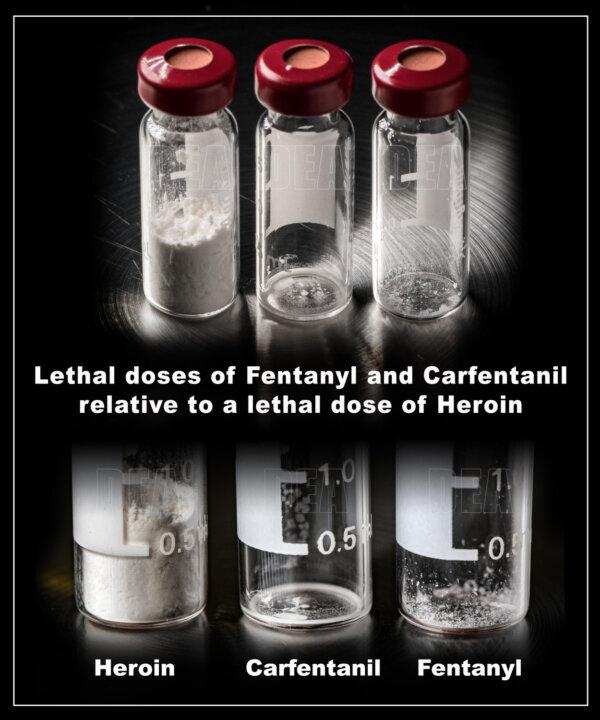US Records the World’s Highest Overdose Death Rate, According to Commonwealth Fund Report
The analysis revealed that harm-reduction policies and practices are inconsistent across the United States.
A report from the nonprofit Commonwealth Fund, released on January 9, indicates that the United States has the highest rate of overdose deaths globally, by a significant margin.
In a ranking of 31 nations and one U.S. territory based on overdose death rates from lowest to highest, the U.S. came in last, recording 324 deaths per one million inhabitants in 2022. Puerto Rico was not factored into the U.S. total. The U.S. territory reported 246 deaths per one million that same year, placing it just above the United States in the report.
Scotland followed with the third-highest overdose mortality rate, at 219 deaths per one million in 2022, while Canada had 193 deaths, although both countries experienced reductions in overdose death rates from 2021 to 2022.
The report highlighted that approximately 100,000 Americans succumbed to overdose in 2023, based on provisional data from the CDC.
Furthermore, the report pointed out that the U.S. strategies for curbing overdose deaths are disjointed when compared to those of other countries, noting the diverse policies regarding access to medication and treatment programs that vary across states.
“In the U.S., harm-reduction policies and practices are disjointed—varying from state to state—making it difficult to tackle overdose deaths from a national perspective,” the report stated.
As of 2023, 109 countries have adopted harm-reduction policies. However, such initiatives are still limited in the United States, even though they are essential for lowering overdose fatalities, according to the report.
The report emphasized that access to naloxone, a crucial overdose reversal drug, is inconsistent among U.S. states. Some states authorize individuals to self-administer the medication following a prescription, while others restrict its administration solely to medical professionals. Additionally, it noted that some individuals requiring naloxone might not afford it, suggesting a need for improved availability of the medication.
Emerging trends like polysubstance use, where individuals consume multiple drugs simultaneously, and the emergence of new substances have also created obstacles in the endeavor to reduce overdose deaths in the U.S.
The report indicated that xylazine, particularly when mixed with fentanyl, has become a significant cause of overdose fatalities in the United States, especially in southern states.
“Analysis in 20 states and Washington D.C. revealed a nearly fourfold increase in xylazine’s presence in deaths involving illicitly manufactured fentanyl between 2019 and 2022,” it stated.
Despite their effectiveness in diminishing the risk of overdose deaths, syringe services programs remain illegal in several states, according to the report.
Commonwealth Fund research associate Evan D. Gumas, the author of the report, asserted that such programs could help mitigate disease transmission, promote drug use cessation, reduce injection as the principal mode of drug consumption, and enhance access to drug treatment services.

Comparison of the lethal doses of heroin, carfentanil, and fentanyl. Drug Enforcement Agency
Darlene McCormick Sanchez contributed to this report.




